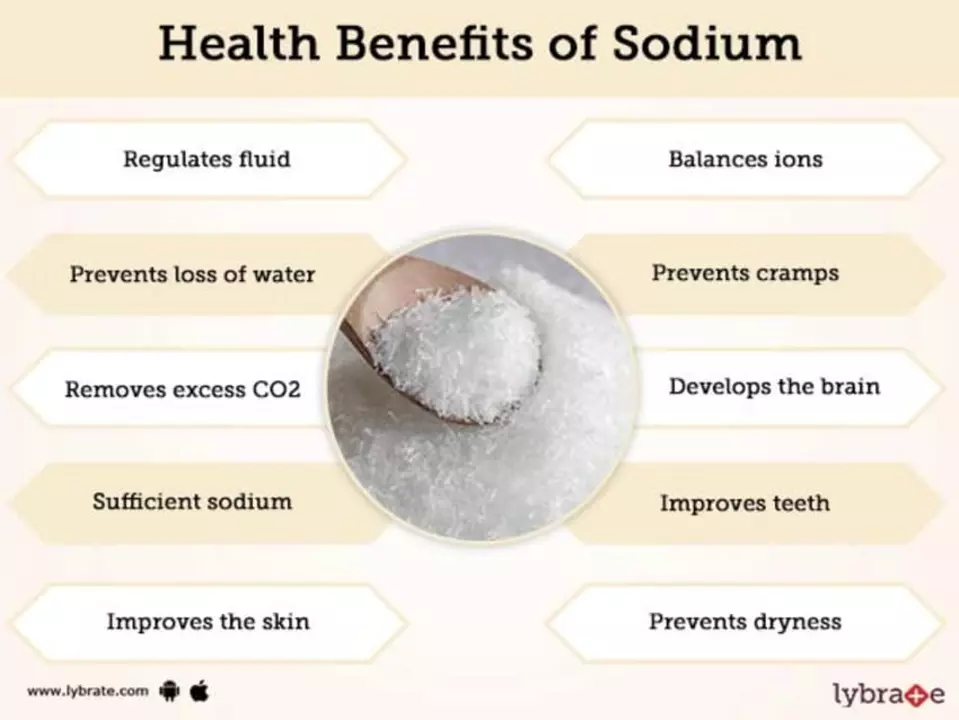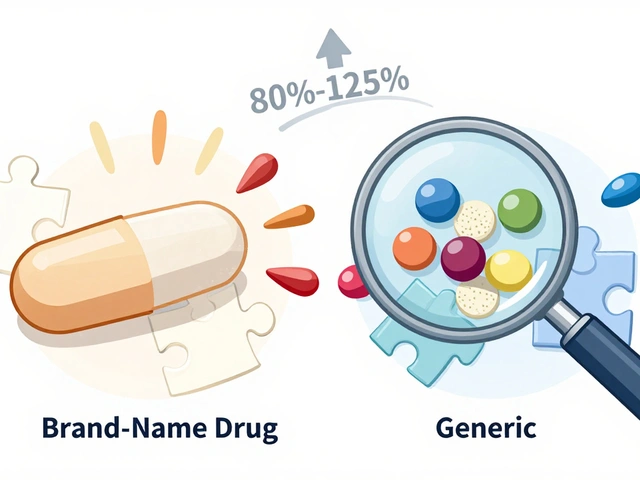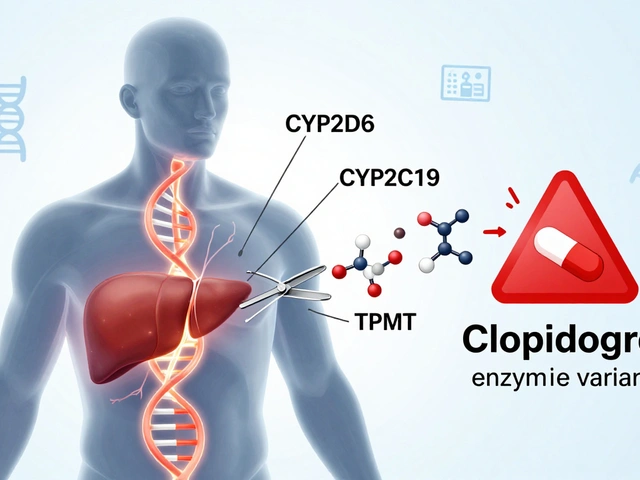Understanding Ibandronate Sodium and Its Uses
Ibandronate Sodium is a medication that belongs to a class of drugs known as bisphosphonates. These drugs are primarily used to treat and prevent osteoporosis, a condition where bones become weak and brittle, which can lead to fractures. Ibandronate Sodium works by slowing down the process of bone loss, helping to maintain bone density and strength. While Ibandronate Sodium has proven effective in reducing the risk of fractures, it is important to be aware of the potential risks and side effects associated with its use, especially when it comes to dental health.
The Connection between Ibandronate Sodium and Dental Health
One of the main concerns with the use of Ibandronate Sodium and other bisphosphonates is the risk of developing a rare but serious condition called osteonecrosis of the jaw (ONJ). ONJ is a condition where the bone in the jaw becomes exposed and begins to deteriorate, leading to severe pain, infection, and potential tooth loss. Although ONJ is rare, some studies have shown a higher incidence of this condition in patients taking bisphosphonates, particularly in those receiving high doses through intravenous treatments. However, it is important to note that the overall risk of developing ONJ is still considered to be low.
Who is at Risk for Developing ONJ?
While the overall risk of developing ONJ is low, certain factors can increase a person's chances of encountering this condition. Some of these factors include having dental procedures such as tooth extractions, dental implants, or other invasive dental treatments; having poor oral hygiene; using tobacco products; and having pre-existing dental issues such as gum disease or a history of tooth extractions. Additionally, patients receiving high doses of Ibandronate Sodium through intravenous treatments for cancer-related conditions are at a higher risk compared to those taking lower doses orally for osteoporosis.
Preventing ONJ: Steps to Take for Good Dental Health
While the risk of developing ONJ is low, it is essential to take steps to maintain good dental health and reduce the risk of complications. Some of these steps include:
- Regular dental checkups: Visit your dentist at least twice a year for routine cleanings and exams. This can help identify any potential dental issues early on and address them before they become a problem.
- Good oral hygiene: Brush your teeth at least twice a day, and floss daily. This can help prevent plaque buildup and reduce the risk of gum disease.
- Avoid tobacco products: Smoking and other tobacco use can increase the risk of ONJ, as well as other dental health problems. Quitting tobacco can significantly improve your overall dental health.
- Inform your dentist of your medication use: If you are taking Ibandronate Sodium or other bisphosphonates, let your dentist know. They may recommend more frequent checkups or additional precautions when performing dental procedures.
- Address dental issues promptly: If you experience any dental pain or problems, seek treatment as soon as possible to prevent any potential complications.
Conclusion: Weighing the Benefits and Risks of Ibandronate Sodium
While Ibandronate Sodium can be an effective treatment option for osteoporosis, it is important to be aware of the potential risks associated with its use and take steps to protect your dental health. By maintaining good oral hygiene, attending regular dental checkups, and addressing dental issues promptly, you can minimize the risks and enjoy the benefits of this medication. As always, it is important to discuss any concerns or questions you may have with your healthcare provider to determine the best course of treatment for your individual needs.







16 Comments
kenny lastimosa
Thinking about the balance between bone health and dental risk, one might see Ibandronate as a double‑edged sword: it strengthens fragile skeletons while whispering a subtle warning about the jaw. The philosophical lesson is that every medical choice carries a shadow, and awareness is the lantern that keeps us safe.
Heather ehlschide
For anyone on ibandronate, schedule dental cleanings at least twice a year and let your dentist know about the medication. This simple step helps catch early gum issues before they could evolve into something more serious.
Kajal Gupta
Hello friends! 🌈 Let’s chat about the jaw‑bone story – think of it like a garden; if you water it right (good hygiene) it flourishes, but too much fertilizer (high‑dose IV bisphosphonates) can scorch the roots. Keep your mouth clean, brush, floss, and stay away from tobacco, and the garden stays vibrant.
Zachary Blackwell
What the pharma giants don’t want you to see is that they downplay ONJ to keep sales soaring, feeding us a narrative that “the risk is low” while quietly ignoring the thousands of silent sufferers. It’s a classic case of information asymmetry, so stay skeptical and demand full disclosure.
prithi mallick
Hey, I totally get how scary it can feel hearing about jaw necrosis, but remember you’re not alone – many patients manage it by staying proactive with their oral care. If you notice any discomfort, reach out early; early action can make diffrence.
Michaela Dixon
When diving into the literature on ibandronate and oral health, one quickly discovers a tapestry of clinical studies, case reports, and patient anecdotes that together paint a nuanced picture of risk versus benefit. First, it is essential to acknowledge that bisphosphonates, including ibandronate, have revolutionized osteoporosis treatment by dramatically reducing fracture incidence, especially in post‑menopausal women. However, this triumph does not come without trade‑offs, as the rare but serious adverse event of osteonecrosis of the jaw has emerged as a focal point for clinicians and patients alike. The incidence of ONJ remains low overall-often quoted as less than one percent-but it climbs noticeably in populations receiving high‑dose intravenous formulations for metastatic bone disease. Moreover, the pathophysiology involves suppression of bone turnover, which can impair the jaw’s natural healing capacity after invasive dental procedures. This underscores the importance of a multidisciplinary approach, where dentists, endocrinologists, and oncologists communicate openly about a patient’s medication regimen. Patients should be counseled before starting therapy about the need for a comprehensive dental examination and any necessary extractions or periodontal treatments beforehand. Once therapy is underway, routine dental visits become a cornerstone of prevention, allowing for early detection of mucosal lesions, infection, or exposed bone. Good oral hygiene habits-twice‑daily brushing with a fluoride toothpaste, daily flossing, and the use of antiseptic mouth rinses when indicated-further reinforce the protective barrier. Lifestyle factors, especially smoking, amplify the risk, so cessation programs are a valuable adjunct to pharmacologic therapy. In addition, emerging evidence suggests that drug holidays, or temporary cessation of bisphosphonates before major dental work, may reduce ONJ risk, although the timing and duration remain topics of ongoing debate. Patients should never make medication changes without consulting their prescribing physician, as abrupt discontinuation could undermine the fracture‑prevention benefits. Finally, it is worth noting that the psychological impact of ONJ-pain, altered appearance, and reduced quality of life-can be profound, reinforcing the need for empathetic patient education. By integrating vigilant oral care, open communication, and personalized risk assessment, healthcare providers can maximize the skeletal benefits of ibandronate while minimizing its dental complications. In short, the story is not one of danger versus safety but of informed stewardship of a powerful therapeutic tool.
Dan Danuts
Let’s keep the vibe positive, folks – regular check‑ups and a bright smile are your best defense, and together we can beat any dental hurdle!
Dante Russello
Attention, readers: always inform your oral surgeon that you are on ibandronate, as this knowledge allows them to adjust surgical techniques, perhaps opting for minimally invasive extractions or employing platelet‑rich fibrin to enhance healing; such proactive steps have been shown to lower the chances of post‑operative bone exposure, thereby reducing the likelihood of ONJ development.
James Gray
Got ibandronate? Keep flossin’ daily.
Scott Ring
I appreciate the thorough overview and would add that patients with diabetes should be extra careful, since poor glycemic control can further compromise jaw healing.
Shubhi Sahni
Great summary! To expand, consider using chlorhexidine rinses after any invasive dental work; they have antimicrobial properties that can help prevent infection, a key factor in ONJ progression.
Danielle St. Marie
Honestly, the media sugar‑coats these meds while the elite pharma lobby protects their profits – it’s infuriating! 😡 Stay informed and demand transparency.
keerthi yeligay
Quick tip: if you’re planning a tooth extraction, ask your doc about a possible drug holiday – it might lower ONJ risk.
Peter Richmond
In formal clinical practice, the risk assessment for osteonecrosis of the jaw should incorporate dosage, duration of bisphosphonate therapy, and patient-specific oral health status.
Bonnie Lin
Thanks for the info – concise and clear.
sara fanisha
Stay hopeful; good oral care makes a big difference.